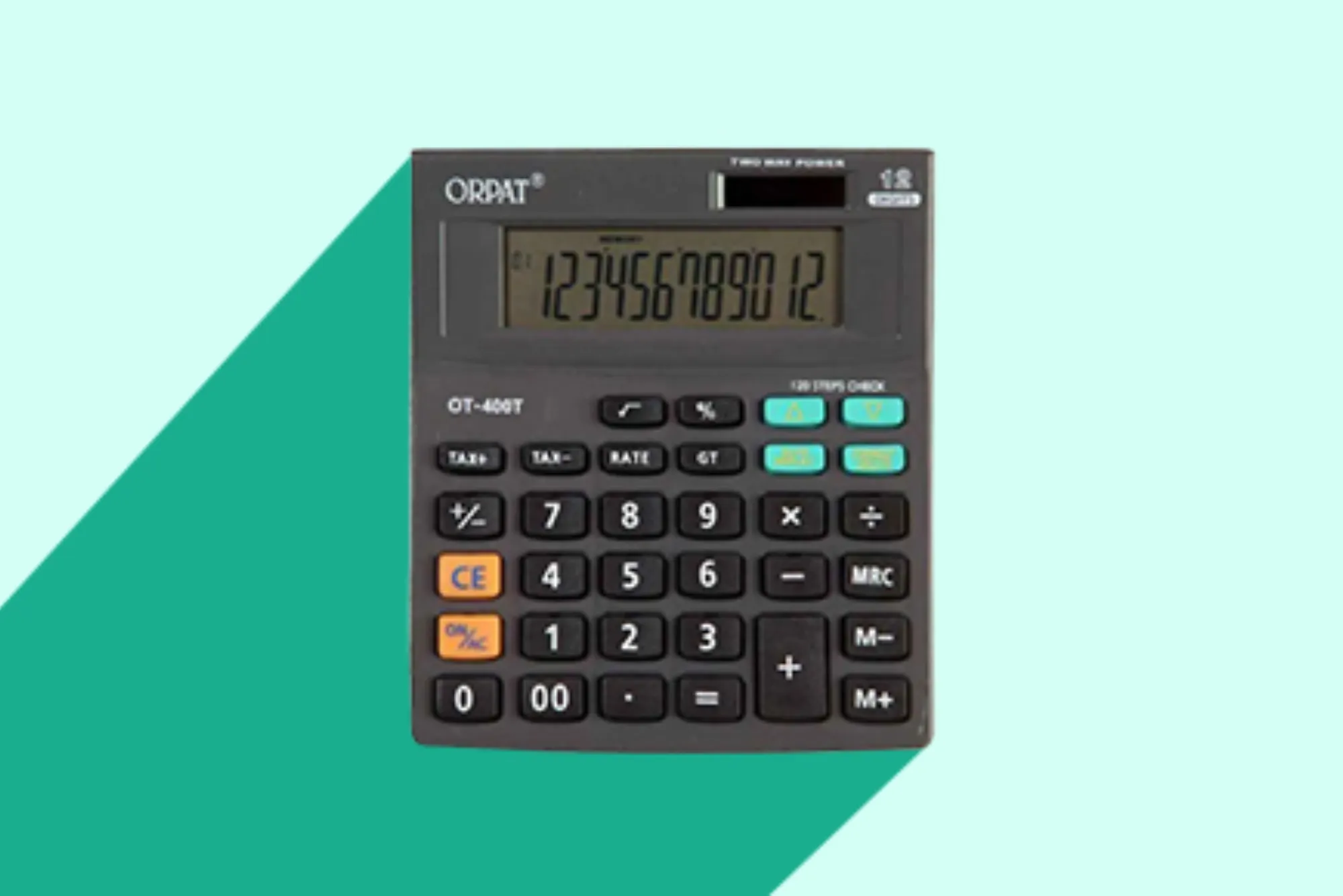Communications agencies excel at promoting clients—but often neglect their own social media after just a month. Why? No time, no inspiration, no clear plan. So, how can an agency avoid messing up its own promotion? Valeria Mingova, Founder of Virtual PR manager PRonto and CEO of PR Doctor, shares a content strategy that actually works—not one that sits untouched in a Google Sheet. No clichés, just fresh, effective tactics.
A must-read for every agency that’s promised itself a thousand times: “We’ll work on our socials… starting Monday.”
Why Should an Agency Promote Itself at All?
Here’s the paradox: we know how to launch creative campaigns for clients, win tenders, and meet impossible deadlines—but when it comes to our own accounts, everyone suddenly forgets where the “publish” button is.
The excuses are predictable: “no time,” “client work first,” “pointless,” “our network already knows us.” But let’s be real.
- Reputation in B2B = currency. Especially during crises, when budgets shrink and competition intensifies.
- Owned channels = entry filters. Through content, you attract those who share your values—not just those checking boxes in a brief.
- Content = public backup. When a great news hook or a PR crisis happens, you’re already visible and can steer the narrative.
- Media presence = tender advantage. No case-study landing page to show how you think? That’s minus five points from the client.
- Your own platform = testing ground. Pilot an idea internally before rolling it out for clients.
You don’t need 100,000 followers. You need 100 people who truly understand your strengths. That’s what agency brand communication is for.
Why Most Agencies Burn Out After a Month
The usual story: launch a blog, publish three posts, make some templates—and then… nothing. Waiting for inspiration. Or for the overworked SMM manager (with 12 clients) to deliver another brilliant idea. Why does this happen?
- Over-ambitious start. Daily posts, and within two weeks, the internal chat is full of snark about who forgot today’s meme.
- No accountability. The content lead is on vacation, the SMM manager is drowning in client work, production is on fire—and the channel goes silent.
- “Cookie-cutter” content. Endless “our approach,” “our case,” “our corporate event.” Snooze-fest.
- Fear of showing the process. Yet people are curious—how an idea is born, what a copywriter thinks when they see edits in Notion.
- No Plan B. No content backlog. The day ends, no ideas, nothing published. Silence.
In short, your own content strategy is like going to the gym: fun at first, then laziness kicks in, and soon you’re embarrassed to go back.
Start with an Audit: Take Off the Rose-Colored Glasses
Before building a content empire, you need to know what foundations you actually have.
- Content inventory. Collect everything you’ve ever published—emails, posts, media mentions. What worked? What didn’t? What can be revived?
- Attention map. Where are you getting engagement? Comments? Where’s been dead for months?
- Reactions and triggers. Analyze what your audience responded to: questions, reactions, DMs. That’s your signal.
If you discover the only thing you’ve ever published was a single VC.ru post in 2021—great. Starting fresh is even easier.
Content Strategy: Not About Inspiration, But Calculation
Forget the fantasy of “vibes” and “inspiring topics.” A working strategy is a system: who, what, when, why.
Production limits. A post shouldn’t take more than two hours. Content is not a novel.
Content lines. Mini-series you can develop: “Pitch Breakdown,” “Brief Insights,” “Our Fail of the Month.”
Repurposing = religion. One article becomes five posts, stories, quotes, digests. Small formats can sustain a channel for a month.
Content = creative leftovers. Everything can be reused.
Where to Publish: Not Everywhere, Only Where It Works
The idea of being “on every platform” died with SMM evangelism. Fewer platforms = higher attention density.
- Targeted media. Not for vanity, but for trust. Where do your clients actually read?
- Visuals in Telegram. Carousels, cards, images. Posts with visuals have 20–30% higher CTR.
- Blogs and columns. On Notion, Medium—pick what works, but stay consistent.
- Smart seeding. DMs, groups, comments. Reach the right audience.
- Closed Telegram chats. Often better than landing pages. Seriously. Warm audiences live there.
- Substack, LinkedIn, Medium. A must if you work on export projects.
Content Plan: Gears Instead of Chaos
Content without a plan is like production without a script. You think you’ll wing it, but a week later you’re drowning.
Strategic quarterly plan. What do we want to say this season?
Weekly grid. Who publishes, when, and where.
External sync. Exhibitions, conferences, news hooks, memes. Plan them like you do for clients.
Backup posts. Keep 5–7 in reserve for emergencies.
Narratives over facts. Nobody cares that you launched a website. They care how you did it, why you chose a focus, who almost got fired, what worked or failed.
Assign Responsibility: No Pilot, No Flight
If a content strategy has no producer, it’s like a stage with no director: everyone’s there, but nobody knows why.
- Content producer. Someone must lead self-promotion.
- Keeps content from falling apart between “idea” and “almost done.”
- Media visibility = KPI. Self-promotion is part of marketing.
This isn’t about showing off. It’s about proving: we can do it, and here’s the evidence.
What Not to Publish
Before hitting “post,” ask: is this serving the brand, or just ticking a box?
Client hints. Don’t reveal cases without approval. Even “guess who” is a mistake.
Toxic takedowns. Don’t trash competitors. It doesn’t elevate you, it erodes respect.
Snobbery and lecturing. “We know how it should be done” = instant cringe.
No self-aggrandizement. Content should be useful or honest.
How to Measure: Likes Aren’t Metrics
Reach and likes are secondary. What matters is: who reached out to you afterward?
- Direct feedback. “I read this and want to discuss.” That’s conversion.
- Saves and reposts. People don’t save junk.
- Click-through funnel. Who clicked where, what forms they filled. If you’ve set up UTMs—well done.
How to Avoid Burnout: Build a Culture of Publishing
Content is not “when there’s time.” It’s as regular as tax reporting.
Topic list for emergencies. A lifesaver when ideas run dry.
Content shortlist. 5–10 proven formats to repeat every quarter.
Content chef. Someone who asks: “Where’s the post?”
Dashboard. Shows what’s planned, published, and effective. Without it, everything falls apart.
If your agency doesn’t make a habit of talking about itself, nobody will know what you’re good at.
Checklist: First Steps in Self-Promotion
- Audit: posts, channels, reach, reactions.
- Pick 2–3 channels that work, freeze the rest.
- Assign a content producer and editor.
- Define goals: HR, leads, image, trust.
- Create a rubric and one-month content grid.
- Prepare a reserve of 5–7 posts.
- Make templates, automate posting.
- Define format and tone for each channel.
- Start publishing, track personal feedback.
- After one month, analyze results: what worked, what didn’t, where to go next.
Final thought: If you can create outstanding marketing for clients, you can definitely do it for yourself. Just don’t postpone it until Monday. Monday already passed.




